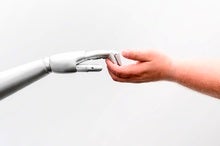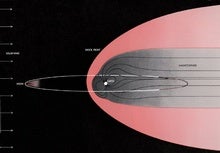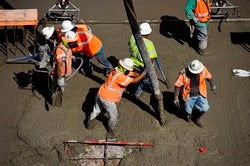 |
| July 20, 2021 |
Dear Reader,
Researchers have developed a new rechargeable battery made of an unexpected material: concrete. Although the building material holds only a fraction as much energy as traditional batteries do, it could eventually pave the way to a future of smart buildings that also serve as giant power storage devices. |
| |
 |
| |
| |
| |
| Behavior & Society Dancing with Robots The emerging field of choreorobotics can make humans more comfortable interacting with machines | | | | |
| |
| |
| Policy & Ethics Bias Detectives As machine learning infiltrates society, scientists are trying to help ward off injustice in algorithms | | | | |
| |
| Computing How Does a Quantum Computer Work? If you understand how these systems operate, then you understand why they could change everything. |  | By Michael Tabb,Andrea Gawrylewski,Jeffery DelViscio | | | |
| |
FROM THE STORE
 | | | |
| QUOTE OF THE DAY
 "Tech companies have repeatedly reassured the public that trackers used to follow smartphone users through apps are anonymous or at least pseudonymous, not directly identifying the person using the phone. But what they don't mention is that an entire overlooked industry exists to purposefully and explicitly shatter that anonymity." Joseph Cox, Vice | |
| |
FROM THE ARCHIVE
 | | | |
LATEST ISSUES
 |
| |
| Questions? Comments?  | |
| Download the Scientific American App |
| |
| |

























